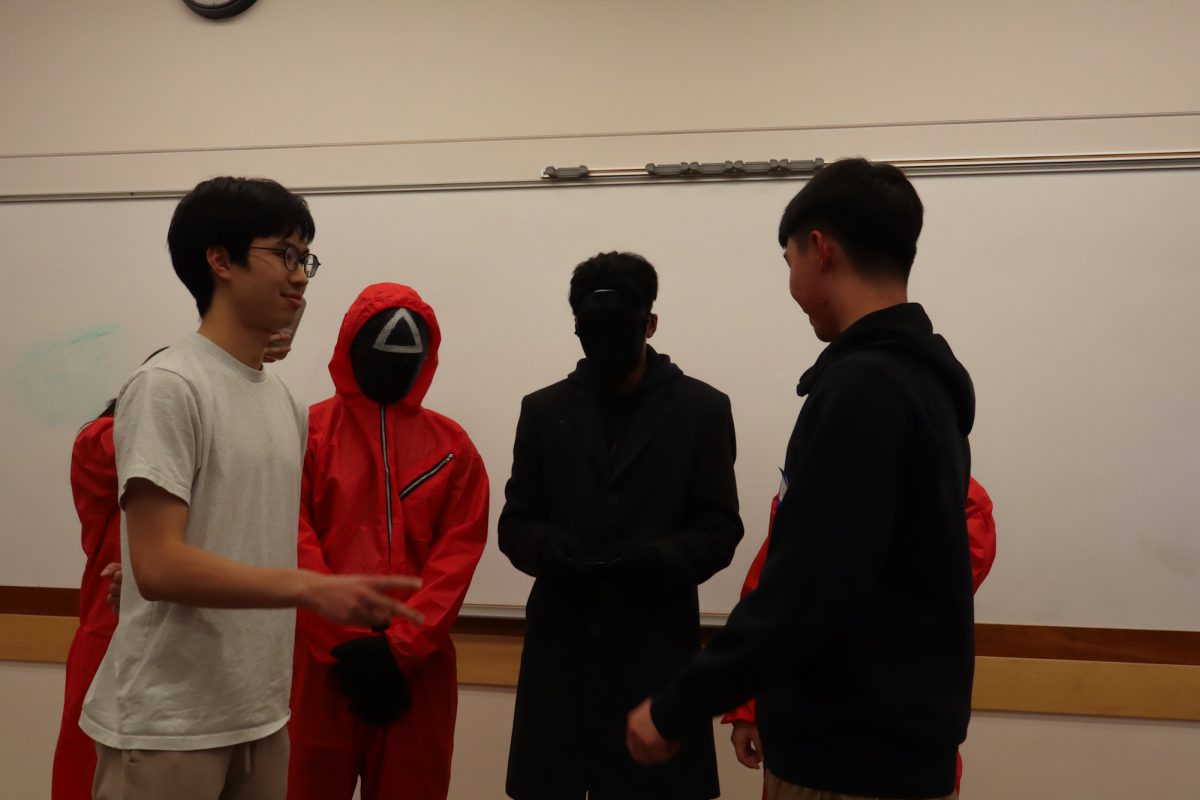End the ‘Reefer Madness’ paranoia
November 11, 1997
Last week, television character Murphy Brown came under attack by the Drug Enforcement Agency for fictitiously smoking marijuana for medicinal purposes. While the television show was exercising a First Amendment right — freedom of expression — the federal government lambasted the show for irresponsibility.
Interestingly, the federal government itself set a precedent for the use of comedy when dealing with marijuana. In 1938, the federal government commissioned the making of “Reefer Madness,” an uproariously funny film from director Louis Gasnier meant to show the dangers of marijuana.
If sending irresponsible messages to the public is the government’s main issue with the “Murphy Brown” episode, perhaps the government should first examine itself. With 1938’s “Reefer Madness” the federal government created a cult classic and set an industry precedent.
Messages should not, however, be the main issue here. Indeed, paranoid hysteria about marijuana is a much more important issue. This paranoia is the direct result of America’s system of drug classification as perpetuated by two major propaganda machines: the Food and Drug Administration and the American Drug Industry.
Drugs are classified according to their effects. With legal drugs such as morphine and aspirin, the effects seen as beneficial are labeled primary. Those seen as detrimental are labeled either secondary or “side” effects. With illicit drugs, negative effects are labeled primary while possible positive effects are labeled secondary.
Realistically, any drug is a combination of ALL effects. But the pharmaceutical industry and the FDA would have the public think otherwise. As a result, through many years of advertisement and propaganda, they have effectively molded the way Americans view all kinds of drugs.
Specific to marijuana is another labeling problem. Drugs are classified as Schedule I, Schedule II or Schedule III according to the potential danger a drug presents to the human body, balanced against its possible positive effects. Those labeled Schedule I are seen as extremely harmful and are therefore completely illegal and may not be researched, produced or prescribed in any capacity. Marijuana currently falls into this category.
Schedule II drugs are controlled medicines recognized for their practical medical applications while still presenting some harmful “side” effects. These drugs may be researched, produced and prescribed by physicians. Cocaine and morphine, two highly addictive and potentially deadly drugs, fall into this classification.
It is interesting that drugs such extremely negative “side” effects are categorized as less dangerous than marijuana. Such potentially severe and lethal side effects have never been scientifically substantiated in the case of marijuana. This, of course, is because the drug is Schedule I, and therefore may not be studied.
The disheartening flip side of this coin is that due to its classification, marijuana may not be studied for its potential therapeutic effects. Many physicians believe marijuana is a relatively benign drug with significant therapeutic effects.
Evidence indicates it is effective in easing symptoms of glaucoma, stabilizing certain mental disorders and relieving the nausea and pain induced by such dramatic chemical treatments as chemotherapy and AIDS-inhibiting cocktails.
Unfortunately, with marijuana’s current classification, these claims simply can not be substantiated. As a Schedule I drug, marijuana may not be studied. Were the classification of marijuana changed, the drug could be studied exhaustively and all of its effects could be completely understood.
In addition, conclusive answers regarding marijuana’s medicinal value and claims that its use is not addictive could either be proven or debunked.
On this subject, the state of California has, true to form, taken the lead. In 1996, Proposition 215 was passed by nearly 60 percent majority, allowing the cultivation and dispensing of marijuana for therapeutic purposes.
This law directly conflicts with federal law which supercedes it and therefore makes Proposition 215 largely ineffective.What this does, however, is send a clear message to the federal government that attitudes toward marijuana must change. Currently 18 states have similar “symbolic” laws, while 24 states have statutes which rhetorically recognize the medicinal value of marijuana.
With similar resolutions currently in the works in Maine, Florida, Ohio, Colorado, Nevada, Oregon and the District of Columbia there may soon be a majority of states recognizing the medical legitimacy of a drug currently labeled by the federal government as more dangerous than cocaine.
This is where “Murphy Brown” enters the picture again. While the show’s producers claim the episode was not meant to support medical marijuana use, it is clear that the episode reflects the laws of nearly half the states in this nation.
It is time for the federal government to end the paranoia, to end the “Reefer Madness.” It is time to allow the research of marijuana for its potential therapeutic uses. If it does not reclassify this drug and follow that with thorough research, the federal government runs the risk of utterly changing the face of the drug war.
Instead of a national war against drugs, states will be pitted against the federal government. Instead of a unified front against dangerous and illicit drugs, the government faces the rise of a virtual “civil war” over drugs. This is the real issue.
California has set the precedent and “Murphy Brown” has mirrored that precedent. Want to talk about messages? Don’t focus on “Murphy Brown.” The show is merely reflecting reality.
Michael T. Gardner is a senior in history from Annapolis, Maryland.






